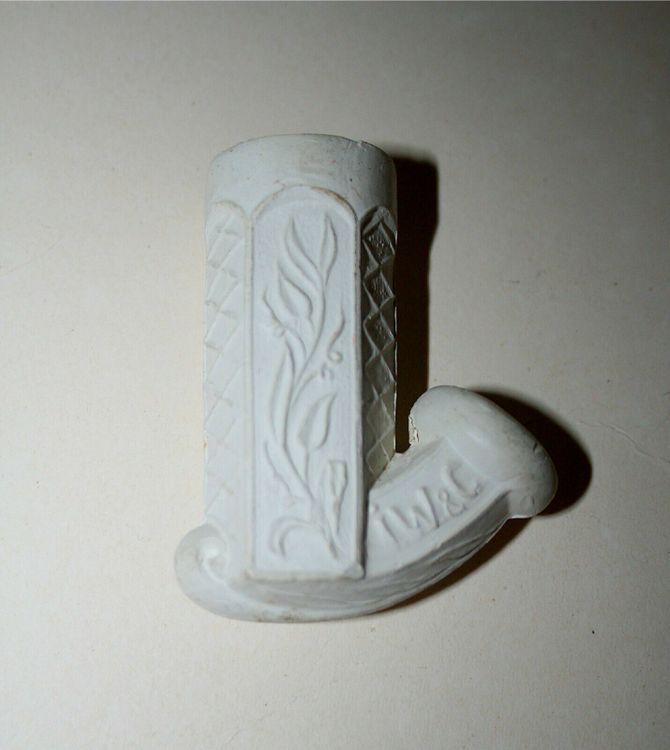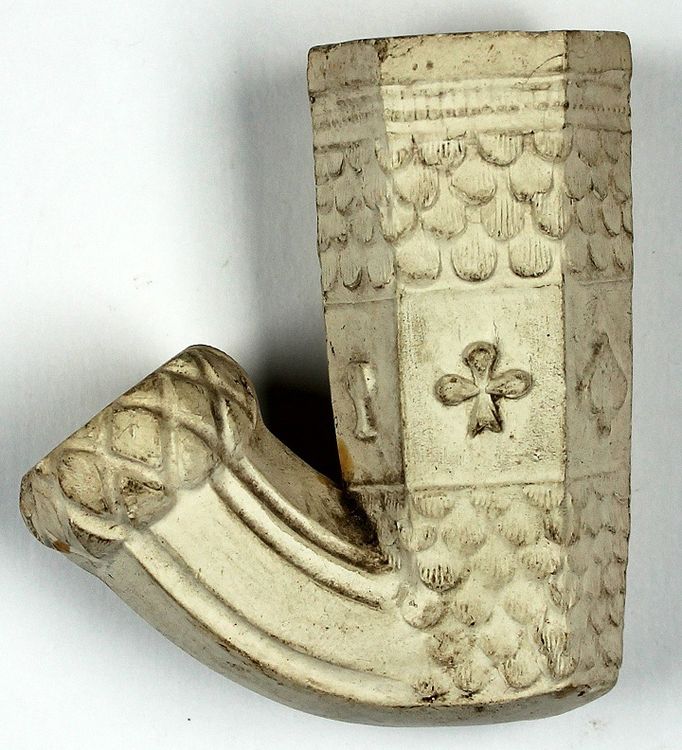Wiener Kaffeehauspfeife
As early as the late 18th century, some Viennese coffee houses had their own rooms for smokers. Business-minded coffee house owners offered their guests pipes stuffed with tobacco as a service. They only paid for the tobacco, the use of the pipe was free. Which brings us to the classic Wiener Kaffeehauspfeife (viennese coffee house pipe) of the 19th century. Its tall, slender head with six facets, made of white pipe clay, is easy to recognize. In the ornament-friendly 19th century, of course, the charming ornamentation could not be missing. The repertoire included geometric patterns, delicate tendrils, flowers, vases and figures. These pipes intended for the Austro-Hungarian market were made in workshops in the Westerwald, Germany, southeast of Cologne - well into the 20th century. The astonishingly long stems were mostly made of cherry or sour cherry wood. In order to have enough suitable wood available for their production, trees were planted near Vienna, in Theresienfeld in Lower Austria. One can only hope that the horn mouthpieces of the rental pipes were replaced and washed after use ...[1]
Gallery
Wiener Kaffeehauspfeife by J. W. & C., courtesy Heinz Brayer Dieken Merenberg Westerwald
Wiener Kaffeehauspfeife by Müllenbach & Thewald, courtesy Museum Wolmirstedt

